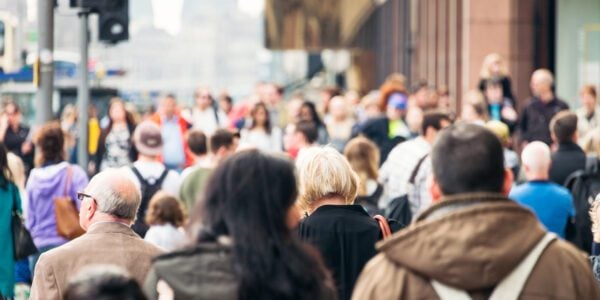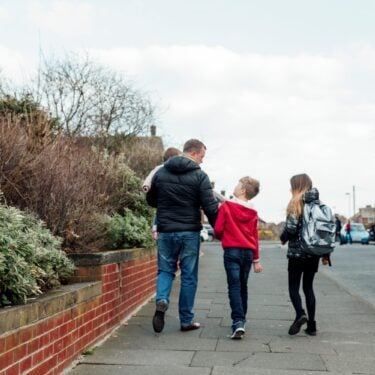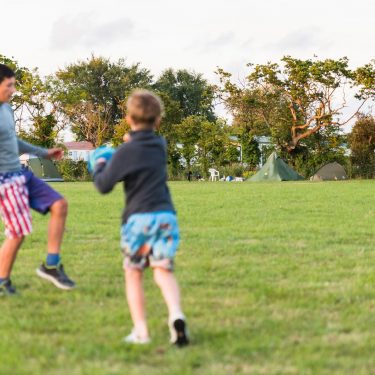
29/11/11
2 min read
What do research biobanks, Twitter and the NHS have in common?
All involve people who are showing solidarity with others. And thinking about how solidarity plays a role in our society can offer solutions to policy making, concludes a new report published today. For example, Twitter and other social media could be used more systematically to track the spread of disease and share information during flu pandemics. And participation agreements for research biobanks should be revised to make biobanks more efficient in working towards improving health.
The report, Solidarity: reflections on an emerging concept in bioethics, was commissioned by the Nuffield Council on Bioethics and funded by the Nuffield Foundation and the Arts and Humanities Research Council.
Professor Barbara Prainsack of Brunel University, one of the two authors of the report, said: “We define solidarity as people’s willingness to help others even if this incurs ‘costs’ for them, such as time, emotional investment and, in some cases, money. Solidarity can take place between just two individuals, but it can also be a more widely shared societal practice.”
The report uses this new understanding of solidarity to help find solutions in three areas of policy-making: biobanks, pandemics and lifestyle diseases.
Biobanking
Large scale collections of biological samples and data, along with information such as the individual’s health or lifestyle, have become invaluable tools for research on a wide range of diseases. In the past, ethicists have voiced concerns about the potential for privacy violations, and emphasised the need for participants to be re-contacted to obtain consent for new research projects involving their sample or data. The report takes a radical new approach to organising people’s participation in biobank-based research, suggesting that ‘participation agreements’ should replace traditional consenting procedures.
“In the spirit of solidarity, we believe that it is acceptable to ask participants to agree to their sample being used in any future research that is within the broad aims of the biobank and has been approved by a research ethics committee. The risks to the participant are very low yet it would save valuable time and resources for the biobank,” says Professor Prainsack.
Pandemics
The swine flu pandemic in 2009 caused 18,000 deaths around the world and led to airport and school closures, border screening, and state vaccination programmes targeted at vulnerable people.
“It is increasingly common for people to use social media such as Twitter and Facebook in times of crisis to help others – by circulating information, organising assistance or simply giving someone a voice,” said Professor Prainsack. “We believe that this new expression of solidarity has not been fully explored by state authorities. In future, social media could be used more systematically during pandemics, for example, to track the spread of disease, raise awareness of public health measures, collect information, and organise assistance.”
Lifestyle diseases
Some argue that people with so-called ‘lifestyle’ diseases, such as obesity, type II diabetes and some types of cancer, have inflicted these on themselves and therefore should not have the same access to publicly-funded healthcare services as people leading ‘healthy lives’. This argument assumes that people suffering from these conditions or diseases have not shown solidarity with people who do take care to live a healthy life.
However, Professor Prainsack said: “It is very difficult to determine a causal link between behaviour and illness on an individual level, as most lifestyle-related diseases are caused by multiple factors, including social and environmental ones. We argue that a solidarity-based approach would instead support access to healthcare granted on the basis of need, as is currently the case in the UK’s NHS.”





















































